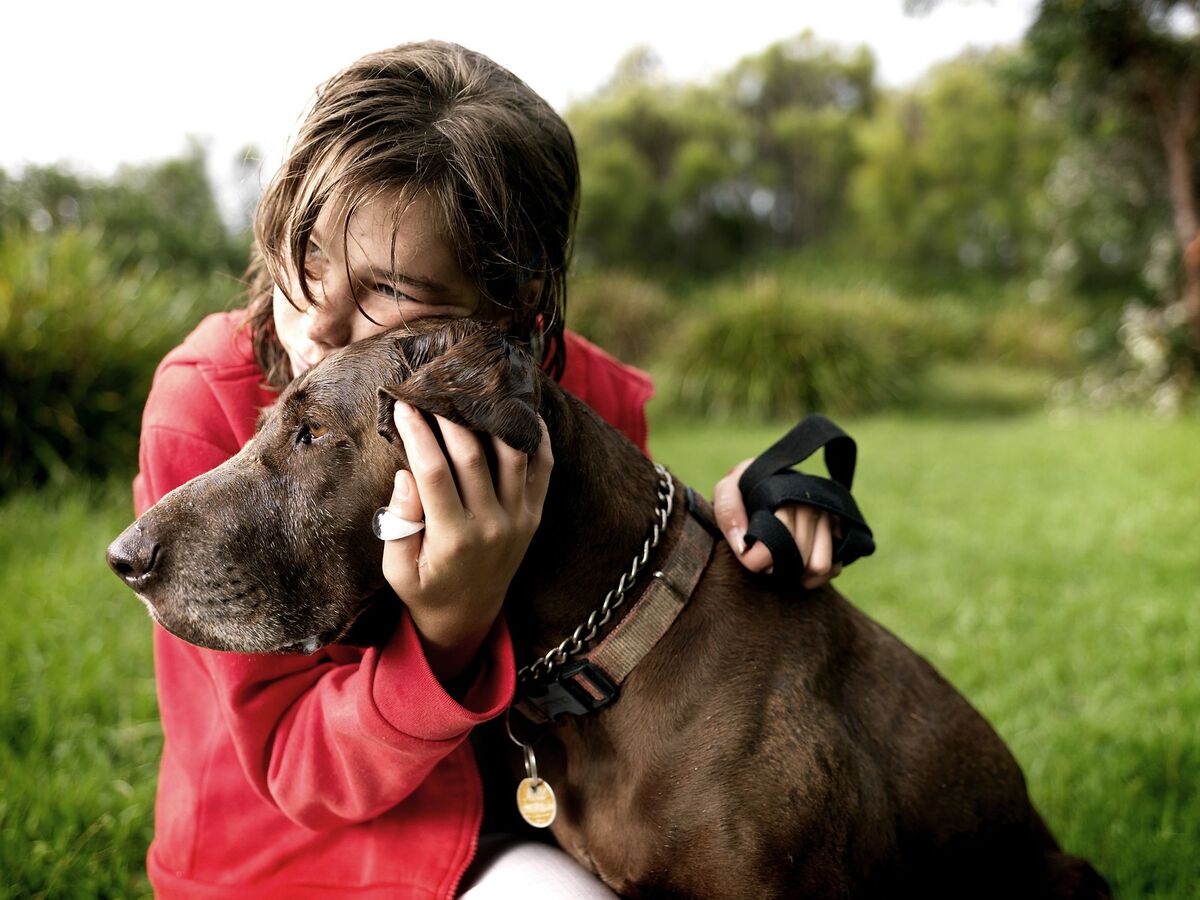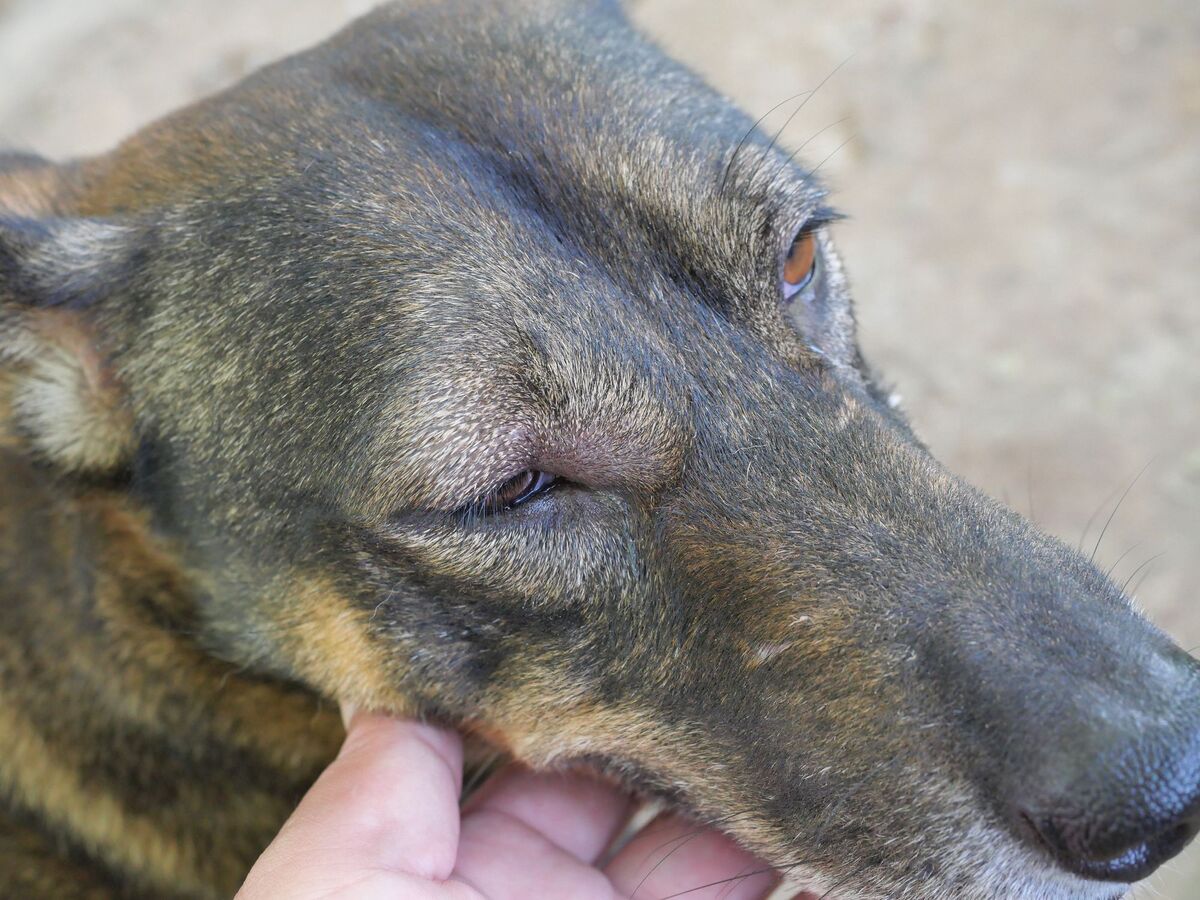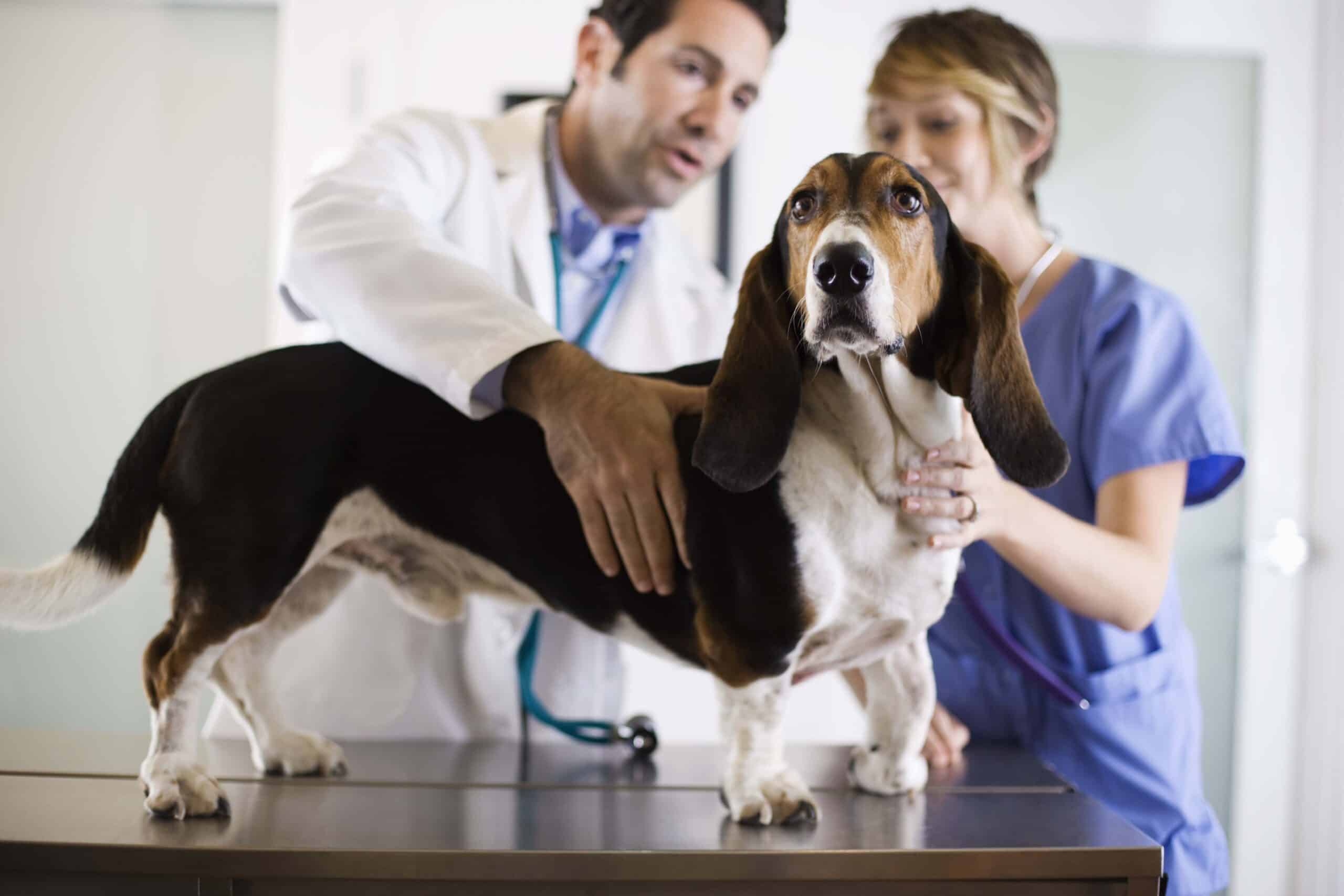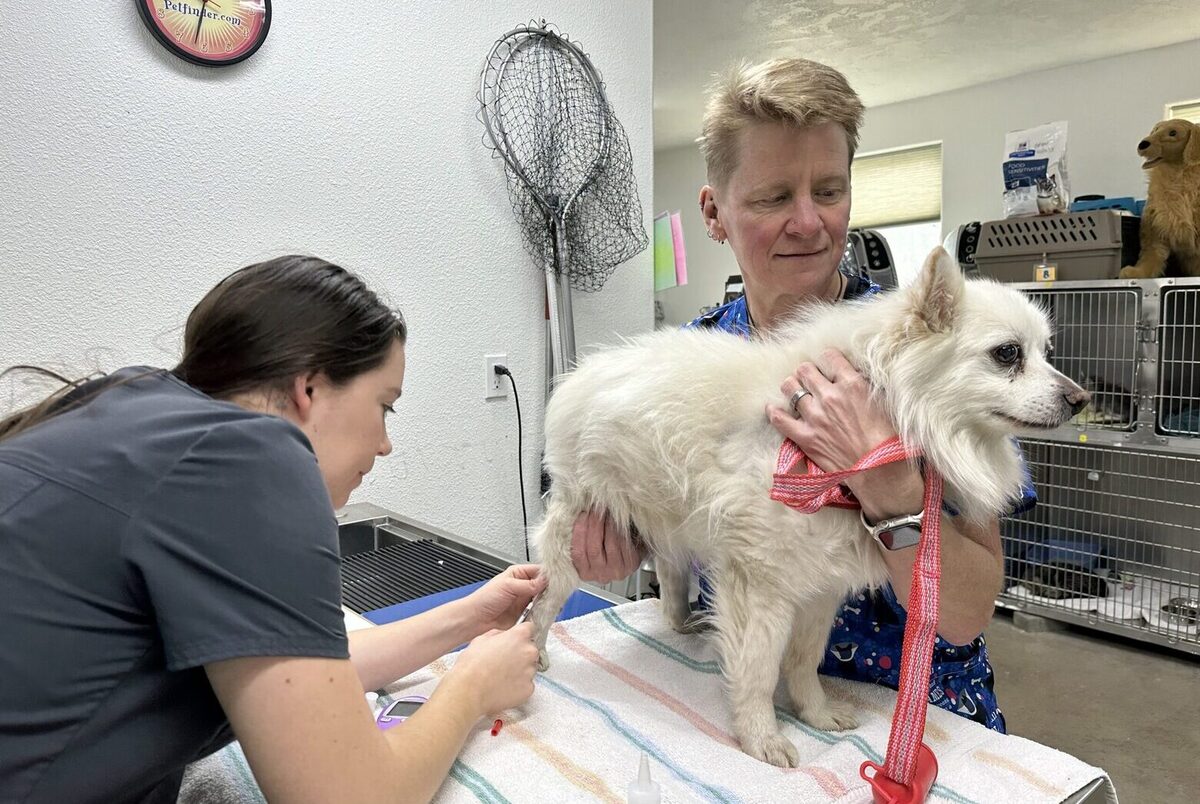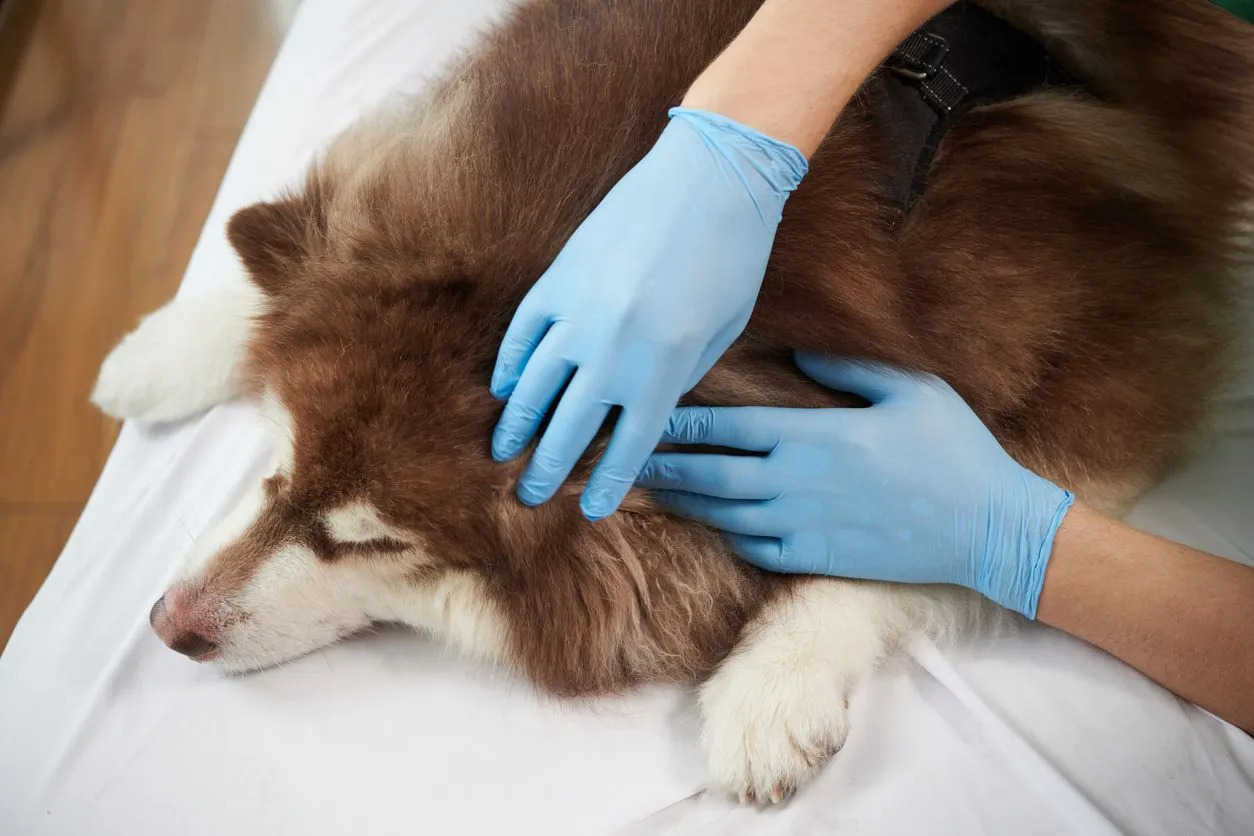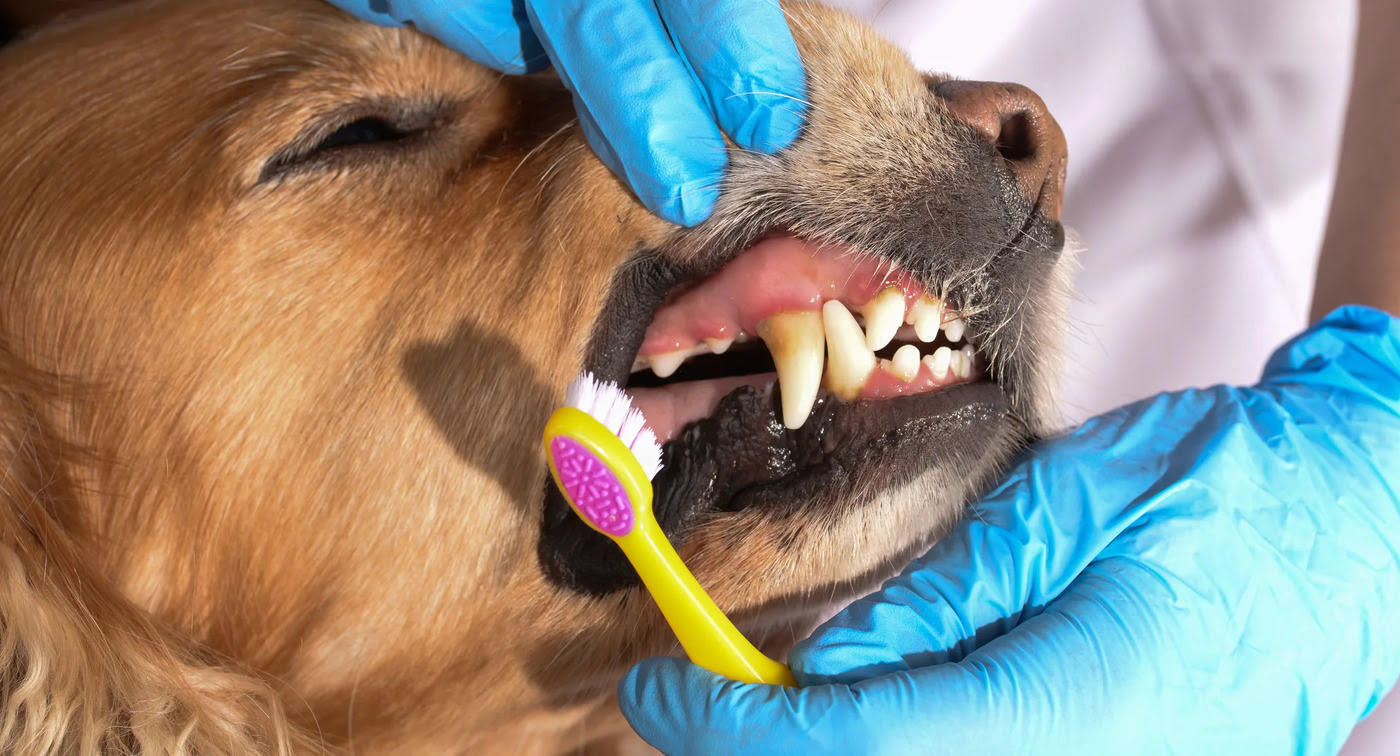Home>Health & Wellness>Common Health Issues>Does A Dog’s Breath Smell When They Have Diabetes?
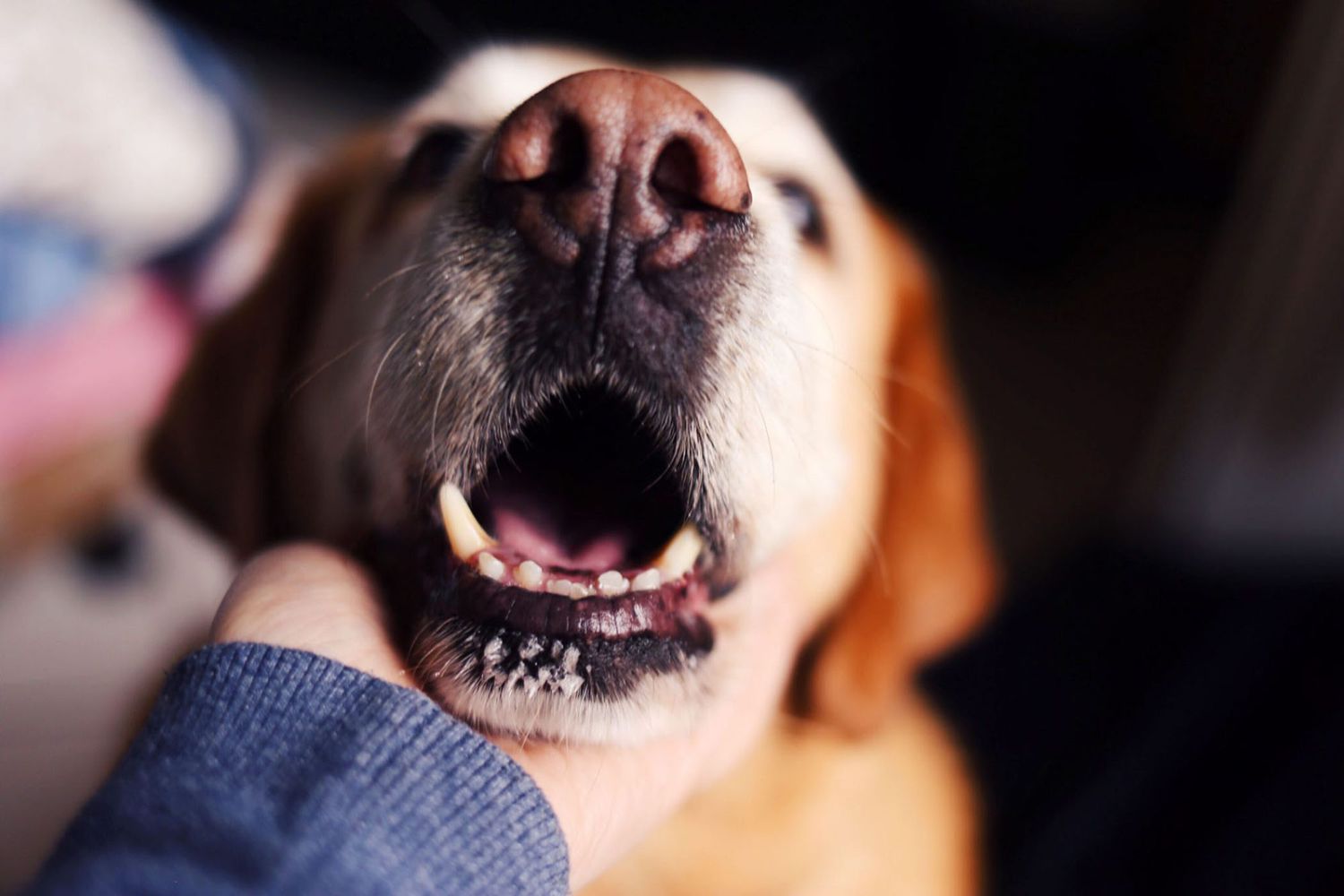

Common Health Issues
Does A Dog’s Breath Smell When They Have Diabetes?
Published: January 30, 2024
Learn about common health issues in dogs, including whether diabetes can cause bad breath in dogs. Understand the signs and symptoms to keep your pet healthy.
(Many of the links in this article redirect to a specific reviewed product. Your purchase of these products through affiliate links helps to generate commission for Pawsomeoldies.com, at no extra cost. Learn more)
Table of Contents
Introduction
Diabetes is a common health issue that affects not only humans but also our beloved canine companions. As responsible pet owners, it's crucial to be aware of the potential signs and symptoms of diabetes in dogs, including its impact on their overall well-being. By understanding the correlation between diabetes and a dog's breath, we can take proactive measures to ensure the health and happiness of our furry friends.
Diabetes in dogs, also known as canine diabetes mellitus, shares similarities with the human form of the condition. It involves the body's inability to regulate blood sugar levels effectively, leading to various health complications. Just like in humans, diabetes in dogs can significantly impact their quality of life if left unmanaged.
In this comprehensive guide, we will delve into the intricacies of diabetes in dogs, exploring the symptoms, potential effects on a dog's breath, and effective management strategies. By gaining a deeper understanding of this prevalent health issue, pet owners can provide the necessary care and support to their canine companions, ultimately enhancing their well-being and longevity.
Understanding the nuances of diabetes in dogs is essential for fostering a strong bond between pet owners and their furry friends. By shedding light on this topic, we aim to empower pet owners with the knowledge and insights needed to recognize potential signs of diabetes in their dogs and take proactive steps to address any health concerns. Let's embark on this enlightening journey to unravel the mysteries of diabetes in dogs and its impact on their breath.
Understanding Diabetes in Dogs
Diabetes in dogs, also known as canine diabetes mellitus, is a complex and chronic health condition that affects the endocrine system. Similar to humans, dogs can develop diabetes when their bodies are unable to produce enough insulin or effectively utilize the insulin produced. Insulin is a hormone crucial for regulating blood sugar (glucose) levels, which serves as the primary source of energy for the body's cells.
There are two primary types of diabetes in dogs: Type 1 and Type 2. Type 1 diabetes occurs when the pancreas fails to produce sufficient insulin, leading to an imbalance in blood sugar levels. On the other hand, Type 2 diabetes involves insulin resistance, where the body's cells do not respond effectively to insulin, resulting in elevated blood sugar levels.
Several factors can contribute to the development of diabetes in dogs, including genetic predisposition, obesity, pancreatitis, and certain medications. Breeds such as Golden Retrievers, Poodles, and Beagles are more susceptible to developing diabetes, highlighting the role of genetics in this condition.
The symptoms of diabetes in dogs can manifest gradually and may include increased thirst and urination, sudden weight loss, lethargy, increased hunger, and recurrent urinary tract infections. If left untreated, diabetes can lead to severe complications such as cataracts, ketoacidosis, and even organ damage.
Diagnosing diabetes in dogs typically involves a thorough physical examination, blood tests to measure glucose levels, and urine analysis to detect the presence of glucose and ketones. Once diagnosed, it's essential for pet owners to work closely with veterinarians to develop a comprehensive management plan tailored to their dog's specific needs.
Understanding the intricacies of diabetes in dogs empowers pet owners to recognize potential risk factors and symptoms, prompting timely intervention and support for their furry companions. By fostering awareness and knowledge about this prevalent health issue, pet owners can play a proactive role in safeguarding the well-being of their dogs and providing them with the necessary care and attention they deserve.
Symptoms of Diabetes in Dogs
Recognizing the symptoms of diabetes in dogs is pivotal in ensuring early detection and prompt intervention. While the onset of diabetes in dogs may be subtle, vigilant pet owners can identify potential warning signs that warrant veterinary attention.
One of the hallmark symptoms of diabetes in dogs is increased thirst (polydipsia) and urination (polyuria). Dogs with diabetes often display excessive thirst, leading to frequent drinking of water and subsequently increased urination. This noticeable change in drinking and urination patterns may indicate an underlying imbalance in blood sugar levels, prompting further investigation.
Unexplained weight loss despite a consistent or increased appetite is another prevalent symptom of diabetes in dogs. Despite consuming regular or even elevated amounts of food, diabetic dogs may experience unexplained weight loss due to the body's inability to utilize glucose effectively, leading to the breakdown of fat and muscle tissues for energy.
Lethargy and decreased activity levels are common indicators of diabetes in dogs. Pet owners may observe a noticeable reduction in their dog's energy levels, reluctance to engage in physical activities, and an overall lack of enthusiasm. This can be attributed to the body's inability to utilize glucose efficiently, resulting in decreased energy production and overall lethargy.
Changes in vision, particularly the development of cataracts, can signify advanced stages of diabetes in dogs. Cataracts, characterized by the clouding of the lens in the eye, can lead to impaired vision and, if left untreated, may result in blindness. Pet owners should be vigilant for any signs of vision impairment or cloudiness in their dog's eyes, as this may indicate the presence of diabetes-related complications.
Additionally, diabetic dogs may exhibit increased hunger (polyphagia) despite weight loss, as their bodies struggle to utilize glucose for energy, leading to a persistent feeling of hunger. Recurrent urinary tract infections, accompanied by symptoms such as frequent urination, straining to urinate, and potential blood in the urine, can also be indicative of diabetes in dogs.
By familiarizing themselves with these symptoms, pet owners can proactively monitor their dog's health and seek veterinary care if any concerning signs manifest. Early detection and intervention are crucial in managing diabetes in dogs effectively, mitigating potential complications, and enhancing their overall quality of life.
Does Diabetes Affect a Dog's Breath?
Diabetes can indeed have an impact on a dog's breath, often resulting in a distinct and unusual odor. This phenomenon is attributed to the presence of ketones, which are acidic compounds produced when the body resorts to breaking down fat for energy in the absence of sufficient insulin. When a diabetic dog's body cannot effectively utilize glucose for energy, it turns to alternative sources, such as fat, leading to the production of ketones. These ketones are expelled from the body through various means, including the breath, resulting in a characteristic sweet or fruity odor.
The presence of ketones in a diabetic dog's breath can give rise to a noticeable change in their breath odor, often described as reminiscent of acetone or fruit. This distinct scent is a key indicator of diabetic ketoacidosis, a severe complication of diabetes characterized by elevated blood sugar levels and the presence of ketones in the bloodstream. Diabetic ketoacidosis can lead to a range of symptoms, including vomiting, lethargy, dehydration, and rapid breathing, necessitating immediate veterinary attention.
Pet owners should be attentive to any unusual changes in their dog's breath odor, particularly if it becomes sweet or fruity, as this may signal an underlying issue related to diabetes. While changes in breath odor alone may not definitively diagnose diabetes, they can serve as an important indicator prompting further evaluation by a veterinarian.
It's important to note that the presence of a distinct breath odor in diabetic dogs underscores the significance of proactive diabetes management. By diligently monitoring their dog's overall health, including breath odor, pet owners can contribute to early detection of potential complications and ensure timely intervention to safeguard their furry companions' well-being.
Understanding the potential impact of diabetes on a dog's breath empowers pet owners to remain vigilant and responsive to any changes in their dog's health. By recognizing the significance of breath odor as a potential indicator of diabetic complications, pet owners can play a proactive role in supporting their dog's health and collaborating with veterinarians to implement effective diabetes management strategies.
In summary, the presence of a distinct breath odor in diabetic dogs can be attributed to the production of ketones, signaling potential complications related to diabetes. By remaining attentive to changes in breath odor and promptly seeking veterinary care when necessary, pet owners can contribute to the comprehensive care and well-being of their canine companions.
How to Manage Diabetes in Dogs
Managing diabetes in dogs necessitates a multifaceted approach encompassing diligent care, consistent monitoring, and collaborative efforts between pet owners and veterinarians. By implementing comprehensive management strategies, pet owners can effectively support their diabetic dogs and mitigate the potential complications associated with this condition.
1. Dietary Management:
A crucial aspect of diabetes management in dogs revolves around dietary modifications. Consistent feeding schedules, portion control, and a balanced diet tailored to the dog's specific needs are essential. Low-carbohydrate, high-fiber diets can help regulate blood sugar levels, while carefully monitored treats and snacks can contribute to overall glycemic control.
2. Regular Exercise:
Incorporating regular exercise into a diabetic dog's routine is beneficial for weight management, insulin sensitivity, and overall well-being. Engaging in consistent, moderate physical activity can aid in regulating blood sugar levels and promoting cardiovascular health. However, it's important to maintain a consistent exercise regimen and monitor the dog's response to physical activity, adjusting as necessary.
3. Insulin Therapy:
For dogs with diabetes, insulin therapy is often a cornerstone of management. Working closely with a veterinarian to establish an appropriate insulin regimen, including dosage and administration schedules, is paramount. Pet owners must adhere to the prescribed insulin regimen, ensuring consistent administration and monitoring the dog's response to treatment.
4. Regular Veterinary Monitoring:
Frequent veterinary check-ups and monitoring are essential components of diabetes management in dogs. Regular blood glucose testing, urine analysis, and overall health assessments enable veterinarians to evaluate the dog's response to treatment, make necessary adjustments to the management plan, and address any emerging concerns promptly.
Read more: How Many Fleas Does A Dog Have
5. Home Monitoring:
Empowering pet owners to conduct home monitoring of their dog's blood glucose levels, as guided by veterinarians, is invaluable. This may involve learning to perform blood glucose tests and recognizing potential signs of hypoglycemia or hyperglycemia, enabling proactive intervention when needed.
6. Education and Support:
Educating pet owners about diabetes management, including the signs of diabetic complications, proper insulin administration, and dietary considerations, is crucial. Additionally, providing ongoing support and guidance to pet owners fosters a collaborative approach to managing diabetes in dogs effectively.
By integrating these comprehensive management strategies into the daily care of diabetic dogs, pet owners can optimize their canine companions' quality of life and minimize the impact of diabetes-related complications. Through dedication, vigilance, and a proactive mindset, pet owners can navigate the challenges of diabetes management, ultimately ensuring the well-being and longevity of their beloved furry friends.
Conclusion
In conclusion, diabetes in dogs is a multifaceted health issue that demands vigilance, proactive management, and unwavering support from pet owners. By gaining a comprehensive understanding of diabetes in dogs, including its symptoms, potential impact on a dog's breath, and effective management strategies, pet owners can navigate this condition with confidence and dedication.
Recognizing the subtle signs of diabetes in dogs, such as increased thirst, unexplained weight loss, lethargy, and changes in vision, empowers pet owners to seek timely veterinary care and intervention. Early detection of diabetes is pivotal in mitigating potential complications and enhancing the overall well-being of canine companions.
The correlation between diabetes and a dog's breath is a noteworthy aspect that warrants attention. The presence of a distinct breath odor, often described as sweet or fruity, can serve as an indicator of diabetic ketoacidosis, prompting pet owners to seek veterinary evaluation and support. By remaining attentive to changes in breath odor and promptly addressing any concerns, pet owners play a proactive role in safeguarding their dog's health.
Effective management of diabetes in dogs revolves around dietary modifications, regular exercise, insulin therapy, consistent veterinary monitoring, home-based care, and ongoing education and support for pet owners. By integrating these comprehensive strategies into the daily care of diabetic dogs, pet owners can optimize their canine companions' quality of life and minimize the impact of diabetes-related complications.
Ultimately, the bond between pet owners and their furry friends is strengthened through a shared commitment to proactive health management. By fostering awareness, knowledge, and a proactive mindset, pet owners can navigate the challenges of diabetes in dogs with compassion and dedication, ensuring that their beloved companions lead fulfilling and healthy lives.
In the journey of caring for diabetic dogs, the collaboration between pet owners and veterinarians is paramount. By working together to implement effective management strategies and address emerging concerns, pet owners can provide their dogs with the care, attention, and support they need to thrive despite the challenges posed by diabetes.
As we conclude this exploration of diabetes in dogs, let us carry forward the insights gained and the commitment to proactive care, ensuring that every dog receives the love, support, and dedicated management necessary to lead a vibrant and joyful life, regardless of the obstacles posed by diabetes.
